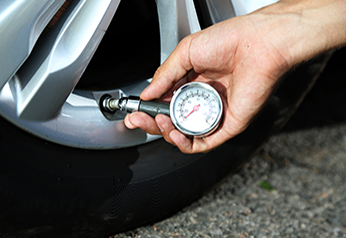
July 3, 2023
Tyre Load Rating & Tyre Speed Rating
For many of us who drive, our vehicles help us get to where we want to go and transport items - like our children, deliveries or groceries, across large distances.
We don't even think about how our cars can go fast or slow while carrying heavy loads - and don't realise that it's our tyres doing all the hard work - and literal - heavy lifting.
When it's time to change tyres, besides the tyre size, you need to know its speed rating and load index.
In this guide, we'll break down what these two characteristics are and why they are crucial to the safety of your vehicle.
What are tyre speed and load ratings on tyres?
Your vehicle's capacity to carry heavy loads while moving at a certain speed is determined by its tyre's load index and speed rating.
Choosing a tyre with the correct load and speed rating is important so your tyre will deliver its best performance, and guarantee your safety and fuel efficiency.

Does Tyre Speed Rating Matter?
Your tyre speed rating is the maximum speed your tyre can handle as set by tyre manufacturers. It is the absolute limit to how fast your tyre can go - while carrying the maximum amount of weight before it starts to fail.
It's important to follow the speed rating of your tyres because not doing so might be against the law.
How does Tyre Load Rating work?
Your tyre load rating, on the other hand, is the maximum load a moving tyre can carry when properly inflated at the fastest speed allowed.
Take note, the load index is just for ONE TYRE, not all four attached to the vehicle and includes that individual's tyre weight as well.
Both are important when choosing a new set of tyres. You don't want to get stuck with a set of tyres that can barely handle the weight of your empty ute, for example, and it will surely fail when you start loading cargo into its bed.
Tyre Speed Rating Chart
Tyre Speed ratings are shown as letters that match a particular speed, as seen in the tyre chart below. The letter N represents the lowest speed, and further down the alphabet, ending in Y show those with higher speed ratings (for sports car tyres).
Tyre Load Rating Chart
A numerical value represents load rating. For example, if a tyre has a load index of 62, that equals 265 kilograms or the maximum weight that the tyre can support safely. Most vehicles have tyre load indexes that range from 62 to 126 as seen in the tyre chart below.
Tyres that can only handle lighter items have a lower load index, while tyres with a higher load rating can carry heavier weights. Multiply the load index by four tyres to get the maximum load-carrying capacity of your vehicle (for the example above, 4 x 265 = 1,060 kilograms).
Where can you find your tyre’s load rating and speed index?
1. Tyre Sidewall
There are a string of numbers that represent the tyre code or tyre ratings found on every tyre sidewall. The tyre load and tire speed rating are included, as the last two items in the string of figures.

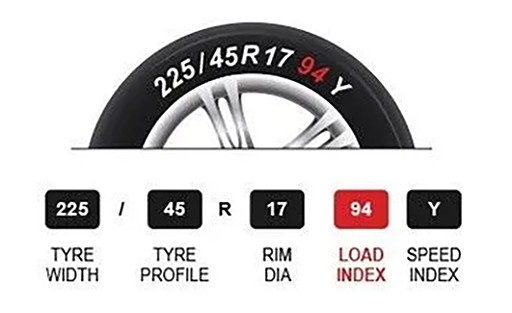
2. Tyre Placard
Your vehicle's tyre placard, located by the driver's door, the glove compartment or under the bonnet, identifies important tyre size information, including load capacity, speed symbol and the correct inflation pressure for your tyres.
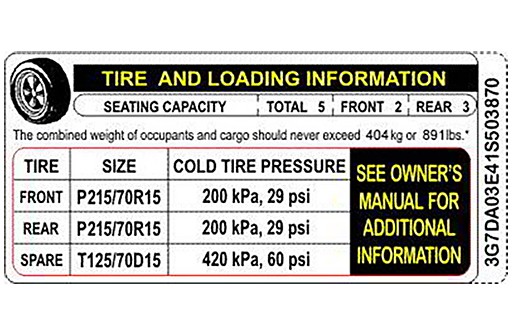
3. Owner's manual
Your vehicle's manual will also have all information regarding the load and tyre speed ratings Australia follows, usually in the form of a tyre rating chart. You can also contact the car company or check online - but make sure the information is valid.
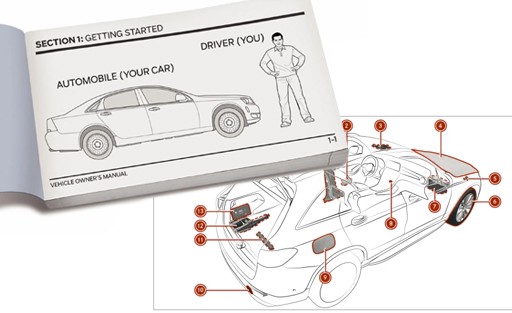
What's the best tyre speed index and load rating for me?
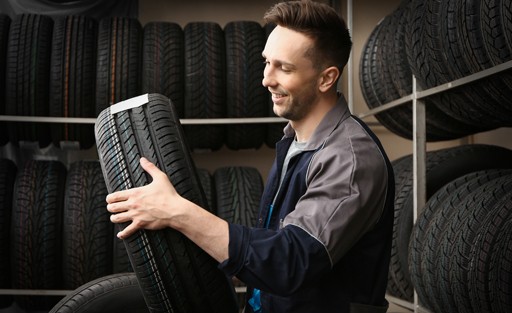
If the OEM tyres your vehicle came with match how you use your car daily, there is no need to overly concern yourself about its load and speed ratings.
However, if you are thinking of changing tyres, finding the best tyre load and speed rating combination will largely depend on the type of vehicle you drive and your specific driving needs and situation.
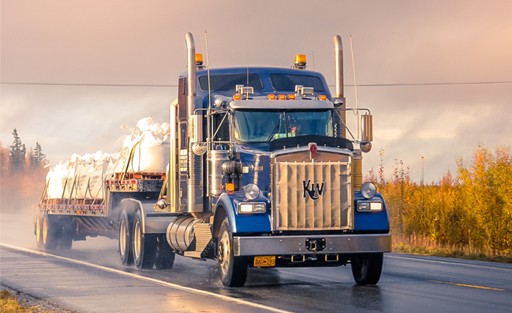
For example, when driving a commercial transport truck, you need a tyre with a higher speed index and load rating since you might need to deliver heavier items in the shortest amount of time.

If driving a competitive, high-performance sports car, the higher the speed capability, the better. A tyre with a higher speed index (rated X or Y) but with a lower load rating would be best since you won't be carrying anything that can slow you down anyway.

For heavy-duty off-roading vehicles, however, it's the total opposite. Hardcore off-roaders need tyres with low speed ratings and a high load index. This is because they need to drive very slowly over harsh terrains made up of mostly rock, mud, dirt, etc.
Also read: 4WD Driving and Tyre Tips
Off-road vehicles - on their own - are also already very rugged and heavy. Add passengers and all the extra off-roading equipment, including portable air compressors, jacks, shovels, extra petrol and water tanks, winches, camping gear, etc. It will require a tyre that can handle heavier loads.
Tyre Speed and Load Rating Safety Reminders
- Don't drive tyres with different speed ratings.
All four tyres on your vehicle should have the same speed rating to prevent your car from oversteering and losing traction.
- Don't disregard legal speed limits.
Your tyre speed rating does not mean you can floor it, especially in bad weather and road conditions. Even if the legal speed limit is lower than your speed rating, please follow the law - and not your speed rating.
- Don't drive tyres with different load ratings.
All four tyres on your vehicle should have the same load index to prevent uneven tread wear and blowouts.
Also read: Is It Safe to Mix Tyres?
- Always maintain your tyres.
Your tyre's load rating is only accurate when the tyre is correctly inflated. Ensure a safe trip by always having the right amount of tyre pressure. Get regular tyre rotation, wheel alignment and balancing services as well.
Need help?
Still have questions about your tyre load and speed rating, reach out via our contact page or social media accounts and members of #TeamTyroola will assist you.
Tyroola has a wide selection of tyres to match your driving needs.
You can start shopping for the perfect set of tyres here.


